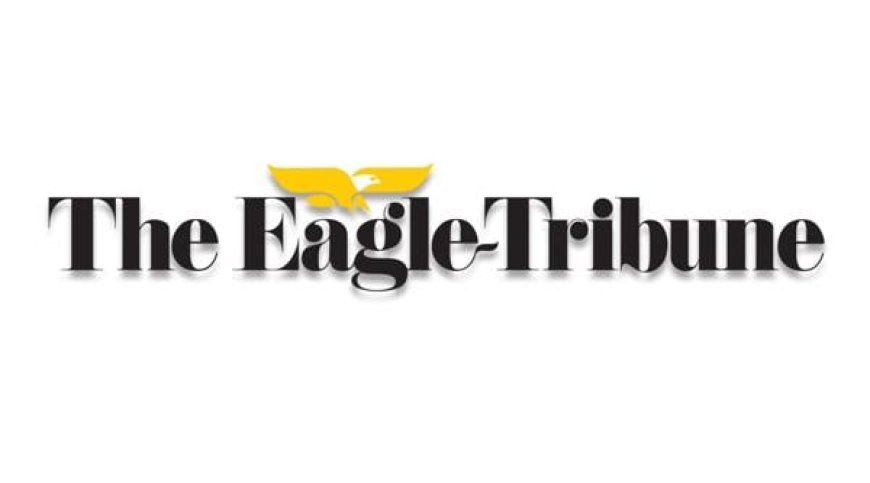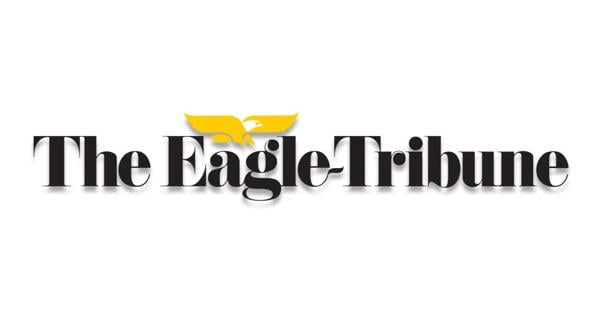Salem receives funds for adult learning initiatives
Salem receives funds for adult learning initiatives | Local News ... Eagle-Tribune

Salem School District Expands Adult Education and English Literacy Programs

The Salem School District in New Hampshire has received two grants from the New Hampshire Department of Education to further develop its adult education and English literacy programs. These grants align with the Sustainable Development Goals (SDGs) set by the United Nations, particularly SDG 4: Quality Education and SDG 8: Decent Work and Economic Growth.
Partnership with the State and Other Districts
The state of New Hampshire partnered with Salem School District, along with nine other districts, to enhance their adult literacy programs. This collaboration aims to address the educational needs of adults in the community and promote lifelong learning.
Grants for Adult Diploma Program and Literacy Classes
Salem School District applied for two grants to support its adult diploma program and adult education and English literacy classes. These grants are three-year funding commitments.
- The first grant, funded by the state, focuses on the adult diploma program. The district received $27,868 to provide alternative credit options for individuals aged 16 and above who are seeking a high school diploma.
- The second grant will be used for adult education and literacy classes, including adult basic education, English as a Second Language (ESL), and high school equivalency preparation. Salem School District offers these courses year-round free of charge. The grant, totaling $69,859 from federal and state funds, will support the expansion and improvement of these programs.
Impact on the Greater Salem Community
Salem’s adult education classes have been in operation for approximately 40 years. Claudia Dell’Anno, the director of continuing education in Salem, has witnessed the positive impact of these classes on the Greater Salem community.
- The classes help students advance academically and provide them with the necessary skills to obtain a high school diploma or secure employment.
- Basic skills are taught, and students are prepared for the high school equivalency exam.
- The adult education literacy class focuses on improving reading, writing, and English speaking skills.
Dell’Anno emphasizes that the program plays a crucial role in helping adults transition into the workforce, even aiding them with tasks as simple as completing a job application. The classes primarily cater to individuals with low levels of literacy and those in need of services.
Supporting English Language Learners and Overcoming Employment Barriers
In Salem, 7.35% of the population was born outside of the U.S. Many individuals enroll in English as a Second Language (ESL) classes to improve their English proficiency and receive assistance in supporting their children’s education.
Salem School District offers flexible options to accommodate students’ schedules, including day, evening, and remote learning. The program’s success is evident as individuals who have completed the program often report being employed or pursuing post-secondary education within six months to a year.
The English literacy classes also benefit English language learners, individuals with disabilities, and those facing barriers to employment due to a lack of a high school diploma or difficulties in reading and writing. By addressing these barriers, the classes contribute to improving employment prospects.
SDGs, Targets, and Indicators in the Article
1. Which SDGs are addressed or connected to the issues highlighted in the article?
- SDG 4: Quality Education
- SDG 8: Decent Work and Economic Growth
- SDG 10: Reduced Inequalities
2. What specific targets under those SDGs can be identified based on the article’s content?
- SDG 4.6: By 2030, ensure that all youth and a substantial proportion of adults, both men and women, achieve literacy and numeracy.
- SDG 8.6: By 2020, substantially reduce the proportion of youth not in employment, education or training.
- SDG 10.2: By 2030, empower and promote the social, economic and political inclusion of all, irrespective of age, sex, disability, race, ethnicity, origin, religion or economic or other status.
3. Are there any indicators mentioned or implied in the article that can be used to measure progress towards the identified targets?
- Indicator for SDG 4.6: Literacy rates among adults aged 16 and older.
- Indicator for SDG 8.6: Proportion of youth not in employment, education, or training.
- Indicator for SDG 10.2: Proportion of population with access to basic services, including education and healthcare.
Table: SDGs, Targets, and Indicators
| SDGs | Targets | Indicators |
|---|---|---|
| SDG 4: Quality Education | 4.6: By 2030, ensure that all youth and a substantial proportion of adults, both men and women, achieve literacy and numeracy. | Literacy rates among adults aged 16 and older. |
| SDG 8: Decent Work and Economic Growth | 8.6: By 2020, substantially reduce the proportion of youth not in employment, education or training. | Proportion of youth not in employment, education, or training. |
| SDG 10: Reduced Inequalities | 10.2: By 2030, empower and promote the social, economic and political inclusion of all, irrespective of age, sex, disability, race, ethnicity, origin, religion or economic or other status. | Proportion of population with access to basic services, including education and healthcare. |
Behold! This splendid article springs forth from the wellspring of knowledge, shaped by a wondrous proprietary AI technology that delved into a vast ocean of data, illuminating the path towards the Sustainable Development Goals. Remember that all rights are reserved by SDG Investors LLC, empowering us to champion progress together.
Source: eagletribune.com

Join us, as fellow seekers of change, on a transformative journey at https://sdgtalks.ai/welcome, where you can become a member and actively contribute to shaping a brighter future.







